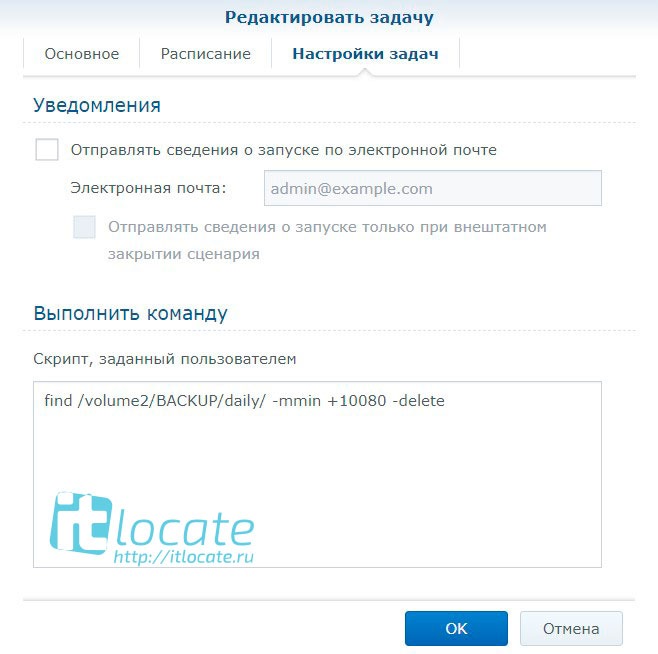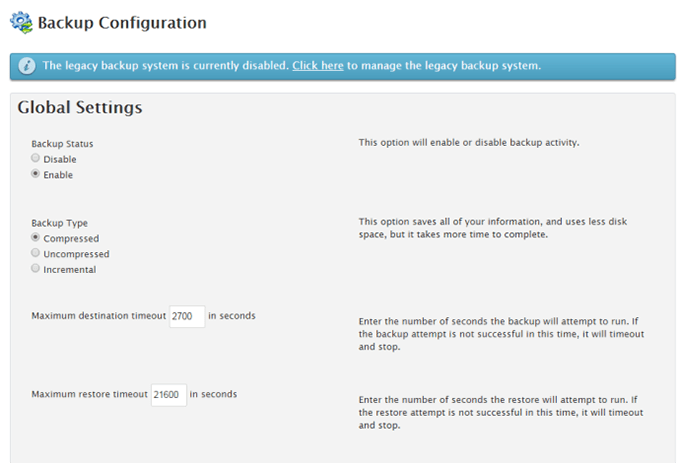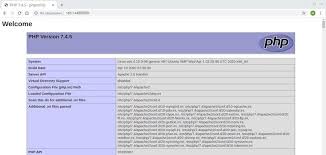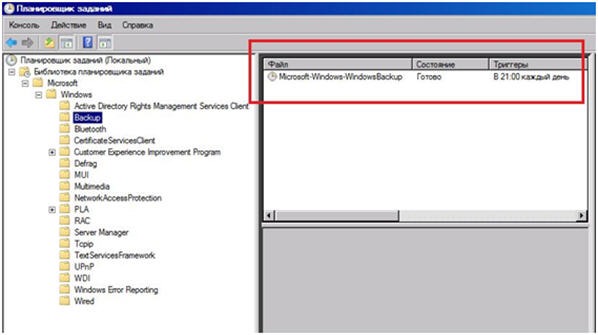How to Set Up Automatic Deletion of Old Backups?
Creating regular backups is essential for the security of your website’s data. However, over time, these backups can take up a lot of space on your storage. To avoid disk overflow, it’s recommended to set up automatic deletion of old backups.
There are several ways to configure automatic deletion of old backups, regardless of whether you use a backup plugin or do it manually. In this article, we’ll cover several methods to help you free up disk space and streamline the storage of your backups.
1. Using a Plugin for Automatic Deletion of Old Backups
If you’re using a WordPress backup plugin, you likely have an option to configure automatic deletion of old backups. Go to the plugin settings and find the section related to backup storage. Here, you can specify how long to keep copies before they are automatically deleted.
Typically, backup plugins have options for deleting old copies based on their age or quantity. For example, you can configure the plugin to only store the last 5 backups and delete any older ones. This will help you efficiently manage your disk and avoid it overflowing.
2. Using a Script to Manually Delete Old Backups
If you’re not using a backup plugin or want more control over the deletion process, you can write a script to manually delete old backups. This requires knowledge of working with the server and the command line.
First, define the rules by which you want to delete old backups. For example, you might decide that backups older than 30 days should be deleted. Then, write a script that will check the creation date of each backup and delete those that meet your criteria.
Once the script is written, add it to a cron job so that it runs automatically at a time that is convenient for you. This will allow you to regularly clear old backups from your storage and keep it organized.
In Conclusion
Setting up automatic deletion of old backups will not only help you free up disk space, but also make managing your backups more convenient and efficient. Follow our tips and rest assured that your data is securely protected!





